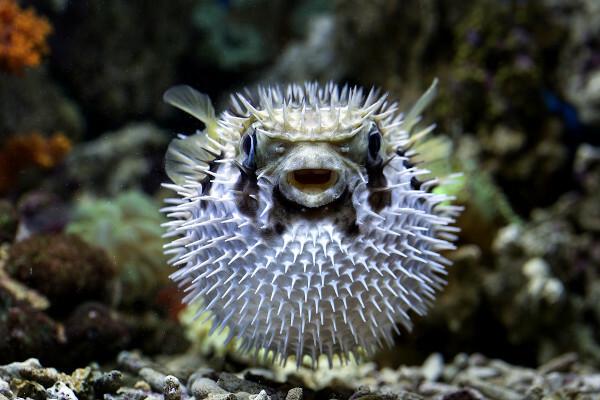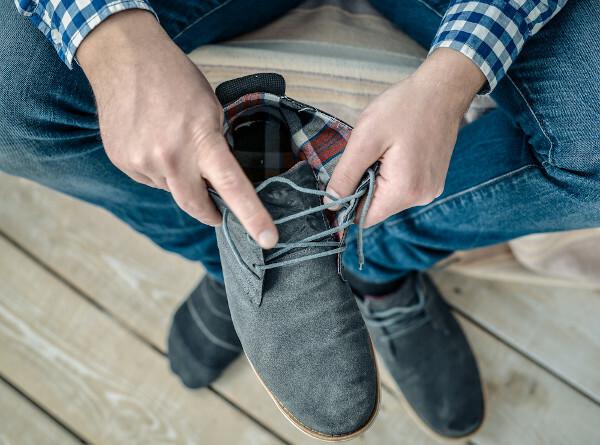Venomous animals they are animals that are capable of producing toxic substances and injecting them into their victims through specialized structures such as stingers and teeth. This group includes animals such as snakes, spiders, scorpions, bees, centipedes, wasps, stingrays and others. Venomous animals differ from venomous animals, as they do not have mechanisms capable of injecting the venom they produce. This is the case of the fish called puffer fish.
Accidents with venomous animals are relatively common and can even cause death, therefore it is necessary to adopt measures to protect against these accidents and seek medical attention if they occur.
Read too: Butanta Instituten — responsible for producing vaccines and serums antivenoms in Brazil
Summary about venomous animals
Venomous animals produce substances that are used to defend and capture their prey.
They have, unlike venomous animals, specialized structures to inject the venom they produce.
Venomous animals release their secretions passively.
Some species of spiders and snakes are considered venomous.
Accidents with venomous animals can be fatal.
Keep yards clean, do not put your hand under debris and logs, inspect shoes before wearing them and not touching hives and wasps are simple measures that can prevent accidents with animals venomous.
What are venomous animals?
Venomous animals are animals that have specialized structures, like thorns, teeth and stingers, to inject the toxic substances that produce. The toxic substance produced by these animals is used to help capture prey and even to prevent attacks from predators.
Venomous or poisonous animals?
Venomous and venomous animals have in common the fact that they are capable of producing toxic substances that are used to attack their prey or defend themselves against predators. What sets these animals apart? is the way this toxic substance is released.
In venomous animals, as noted earlier, there are structures, such as stingers and teeth, which are used to inject the secretion produced into their victim. You poisonous animals, in turn, do not have such structures, and its secretions are passively released, when the victim touches or ingests the animal, for example.
It is the case of fish pufferfish, which have a neurotoxin in their skin that is deadlier than the cyanide. Ingesting the meat of this animal can be fatal.

Examples of venomous animals
There are several species of venomous animals around the world, which are part of the most different groups of animals.
Among the vertebrates, we can quote:
snakes, such as the rattlesnake and the pit viper;
some fish, such as stingray and catfish.

Among the invertebrates, we can quote:
bees;
centipedes;
wasps;
wasps;
spiders, like the wandering spider, Brown spider and black widow;
scorpions;
Jellyfish;
caravels.
See too:Brazilian venomous snakes
Accidents with venomous animals
Accidents with venomous animals are responsible for several medical visits every year. Among the most common, we can highlight accidents with snakes, spiders and jellyfish. The symptoms are directly related to the species involved. The Ministry of Health points out, however, that some symptoms deserve attention.
The symptoms below may indicate signs of severity of the condition, as:
nausea or vomiting;
sweat excessive;
agitation;
tremors;
salivation;
increased heart rate and blood pressure.
→ How to avoid accidents with venomous animals?
Some accidents with venomous animals can be avoided by adopting simple measures, such as avoid putting your hand in holes, wood and debris, avoid dense foliage next to houses, do not disturb hives and wasp nests, keep the house and yards clean, clean grease traps and drains, keep the grass trimmed and never do gardening or rural activities without wear protection, such as gloves and footwear.

In addition, cleaning behind furniture, curtains and pictures, moving beds away from walls, looking and shake out clothes and shoes before wearing them and sealing ceilings, gaps in walls and floors are measures that can prevent accidents, since many of these animals are capable of hiding in our homes.
Know more: What is antivenom serum and how does it work?
Treatment of accidents with venomous animals
Each accident receives a specific treatment, therefore, it is fundamental that, when arriving at the health service, the animal that caused the accident is described in detail. When possible, it is recommended that the animal be taken for identification.
In case of accidents with snakes, it is recommended to keep the patient calm, wash the area with soap and water and go to the nearest hospital. Tourniquets, suction, and incisions are not recommended. The application of homemade recipes, such as coffee, is also not recommended. In the hospital, the administration of Snake antivenom.
In case of accidents with spiders, it is also recommended that the site be cleaned and that tourniquets, suctions and incisions are not made. Some spiders, such as the Brazilian wandering spider and the brown spider, are very dangerous and, in some situations, it is necessary to administration of antiarachnidic serum.
In case of accidents with scorpions, as well as with spiders and snakes, tourniquets, suction and incisions should not be performed. A use of serum can be done in these cases.
In case of jellyfish accidents, the site should not be washed with fresh water, as this may cause the release of more toxins. In this case, it is recommended to wash the area several times with sea water and perform compresses to relieve pain using cold sea water.
In case of bee accidents, wash the area with cold water and withdrawr the stinger of the bee taking care not to press it and cause more venom to be injected. Allergic patients who have suffered several bites should seek medical help immediately.
By Vanessa Sardinha dos Santos
Biology teacher
Source: Brazil School - https://brasilescola.uol.com.br/biologia/animais-peconhentos.htm
